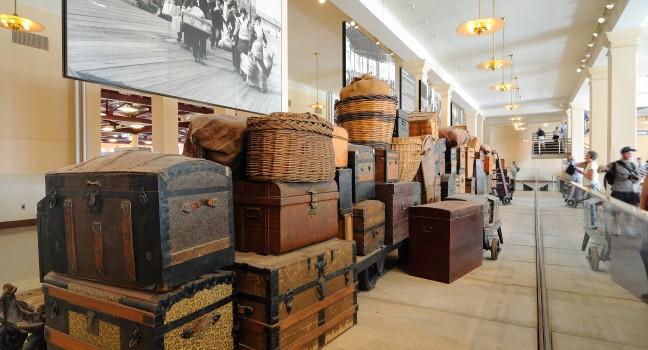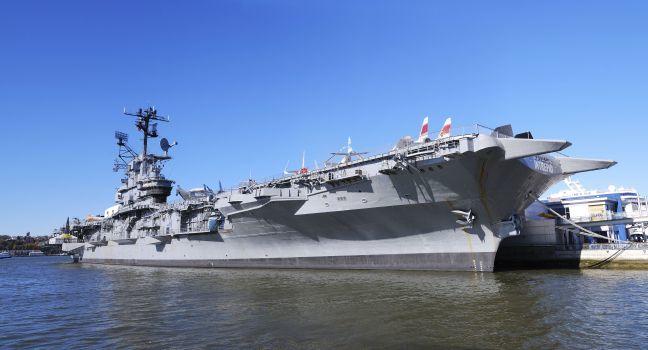Ellis Island

Between 1892 and 1924, millions of people first entered the United States at the Ellis Island federal immigration facility. When the complex closed in 1954, it had processed ancestors of more than 40% of Americans living today. The island's main building, now a national monument, is known as the Ellis Island National Museum of Immigration, and it tells the story not just of Ellis Island but of immigration from the Colonial era to the present day, through numerous galleries containing artifacts, photographs, and taped oral histories. The museum's centerpiece is the cavernous, white-tile Registry Room (also known as the Great Hall). There's much to take in, so make use of the museum's interpretive tools. Check at the visitor desk for free film tickets, a good audio tour, ranger-led tour times, and special programs.
There is no admission fee for the Statue of Liberty or Ellis Island, but an adult ferry ride (from Battery Park to Liberty Island to Ellis Island) costs $24.50 round-trip. Ferries leave from Battery Park (and from Liberty State Park in New Jersey) every 25–30 minutes depending on the time of year (buy your tickets online at www.statuecruises.com). There are often long security lines, so arrive early, especially if you have a timed-entry ticket. There is an indoor-outdoor café on Ellis Island.




